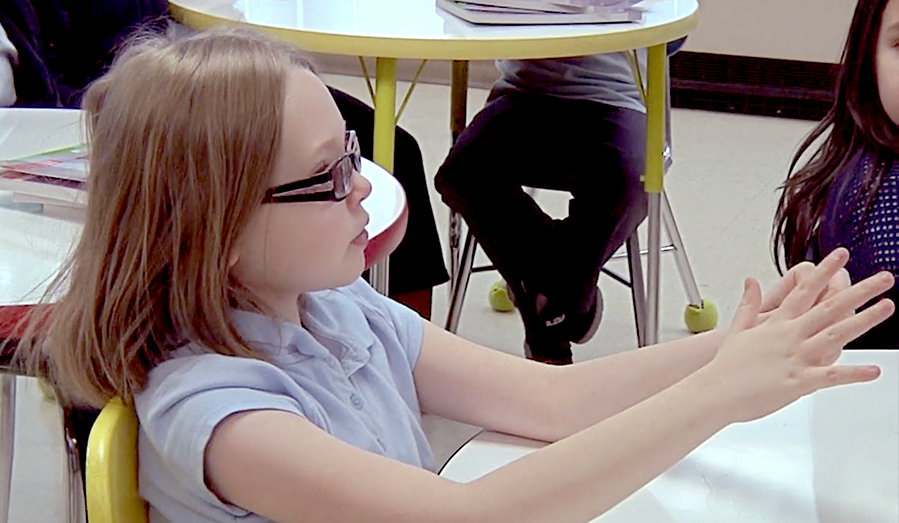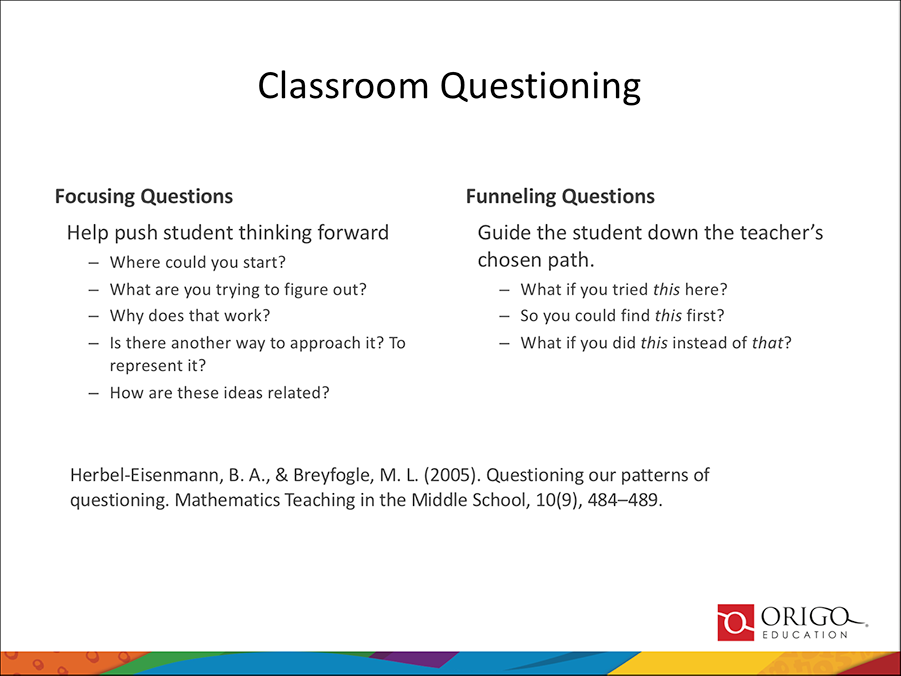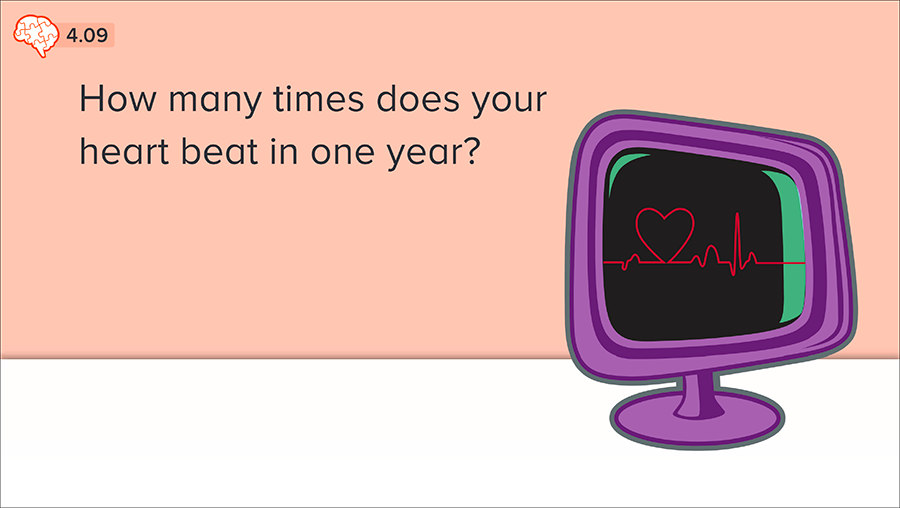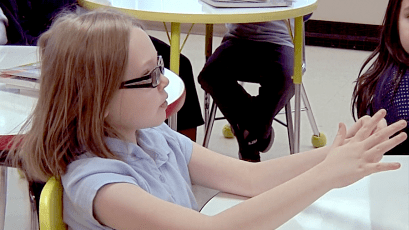Great Ideas
Supporting Problem-Solving through Classroom Discourse and Questioning
Channeling student energy into rich classroom discourse
Have you ever listened to your students talk and thought, “I wish I could channel that energy towards talking about math!” Classroom discourse has an effect size of 0.82 (Hattie et al, 2017) – this tells us that using discourse effectively can provide two years of learning gain for one year of classroom instruction. It’s worth it. Let’s think about how to get there.
Benefits of Classroom Discourse
In a classroom driven by discourse, the role of the teacher is to help students develop their own thinking about mathematics. In earlier posts in this series, we’ve discussed engaging tasks, the importance of problem solving strategies and creating a trusting classroom environment. These elements come together in a classroom where rich discourse is part of the routine. Students share their thinking with each other (not just the teacher) so they see and hear alternate ways of representing or approaching problems. They learn from their own mistakes and the mistakes of others. They build their own understanding through these rich conversations. Check out this ORIGO One video for more on the benefits of classroom discourse.
Using Discourse to Promote Understanding from ORIGO Education on Vimeo.
In a discourse-driven classroom, a map of conversation looks like a scatterplot. Rather than a ping-pong back and forth to the teacher (teacher question-student response-teacher question-student response) the conversation moves around the room. The teacher poses a question and one student responds. Another student asks a clarifying question (“What did you mean when you said….?”) and then a student steps in to say, “Wait! I did it this other way and got the same answer.” Students are talking with each other about mathematics (part of the definition of math discourse). They are taking ownership in their learning and this is what produces such a powerful impact on achievement.

Student debating solution
Types of Questions in Classroom Discourse
Teachers can facilitate this ownership through discourse by the tasks they provide, the classroom structure they establish, and the questions they ask.
Think about what happens when you ask a learner how they know their answer is true or why they believe their answer is correct. In many classrooms, students stop and back up their thinking, presuming their answer is wrong because follow-up questions are only asked when an incorrect answer is given. None of us set out to teach students this idea but our actions often deliver this message. Make it a habit to ask a follow-up question for every student response.
Teachers can also move their questioning towards focusing questions rather than funneling questions. As the name suggests, funneling questions send a student down the narrow path a teacher defines. “What would happen if you multiplied here?” Focusing questions, on the other hand, are designed to help students clarify their own thinking. “What operation might you use here? Why?”

Additional classroom discourse questions include:
- what are you trying to figure out?
- why does that work?
- is there another way to approach it? To represent it?
- how are these ideas related?
Activities to Encourage Discourse
If we want our students to talk with each other about mathematics and share their reasoning, we must provide engaging tasks as a platform for this discussion. Let’s return to a problem explored in the edWeb webinars around problem solving.

A prompt like this, with many possible solution pathways and a variety of reasonable responses, is an excellent foundation for classroom discourse. Look to include problems like this in your instruction on a regular basis to provide opportunities for discourse. As your students learn to be comfortable with these conversations, you will find rich discourse happening throughout instruction.
Reference
Hattie, J., Fisher, D., Frey, N., Gojak, L. M., Moore, S.D., & Mellman, W. (2017) Visible Learning for Mathematics: What Works Best to Optimize Student Learning. Thousand Oaks, CA: Corwin Press.
Check out our handy printable here on Classroom Discourse. Looking for more free printables? Check out our Resource Center today.
About ORIGO Education
ORIGO Education is dedicated to making learning meaningful, enjoyable and accessible for all students with Pre-K and Elementary print and digital instructional materials, as well as professional learning for mathematics.
![]()




